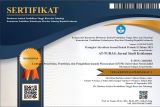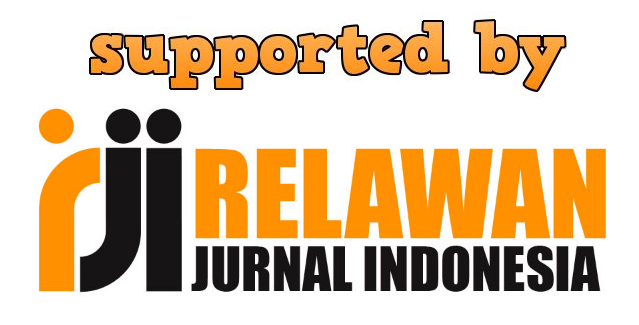Ontologi Kekerasan dan Relasinya dengan Agama dalam Perspektif Hasrat Mimesis Rene Girard
Authors (s)
(1) * Nurul Huda
 (Universitas Nurul Jadid, Probolinggo)
(Universitas Nurul Jadid, Probolinggo)
(2) Siti Murtiningsih (Universitas Gadjah Mada, Yogyakarta)
Indonesia
(*) Corresponding Author
AbstractReligion as the largest ritual and social institution with the highest quantity of adherents among other institutions is often used as a justification for various violent behaviors. However religious leaders and adherents reject the relationship between religion and violence, the fact is that many subjects of violence act on certain religions. This article seeks to explore the relationship between them through Rene Girard's mimetic theory. In mimetic theory, violence is described as a consequence of the triangle of desire; subjects, mediators, and objects. The relationship in the triangle of desire shows disharmony, which is a rivalry that results in violence between the two desires of the subject and the mediator in getting the same exclusive object. Girard found how violence formed to its resolution by presenting sacrifice or third-party intervention called scapegoats, through stories contained in scriptures such as Cain and Abel. The concept of sacrifice is the foundation of the creation of sacred in religion and values about good and evil or obligations and prohibitions. The intimacy of religion and violence shows the importance of religion returning to the public sphere as a controller of violence whose role is privatized as a result of modernization but is often blamed in a variety of violence in favor of particular religions. Keywords: Mimetic Desire, Violence, Religion |
Keywords
Full Text: PDF
Refbacks
- There are currently no refbacks.
Copyright (c) 2020 Nurul Huda
This journal is licensed under a
Creative Commons Attribution-ShareAlike 4.0 International License





.png)






